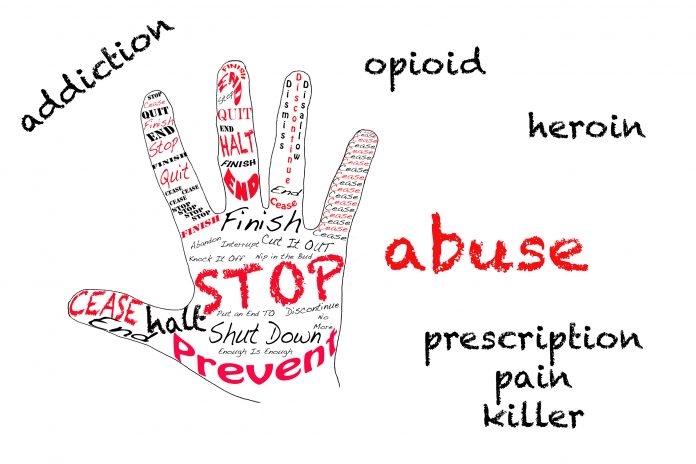Opioid addiction is becoming more common in seniors. Along with the most often prescribed medications such as blood thinners and beta blockers, there are also a huge number of prescriptions written for opioids such as hydrocodone, fentanyl, Oxycontin and Percocet, usually to relieve chronic pain.
Narcotic sleeping aids, anti-anxiety medication and painkillers are medications which are commonly abused in any age group and this is also true of the senior population. In Canada, the use of opioids for pain relief is highest among seniors.
Symptoms of Opioid Abuse and Addiction
With seniors it may be difficult to detect abuse or addiction because many of the signs are typical of aging. It is also easier for seniors to overdose on any medication as your body metabolizes drugs differently as you age. Your liver filters more slowly and medications stay in your body longer, causing more side effects. The most common symptoms of abuse and addiction are:
• Taking more of a prescription that what is advised on the label
• Obtaining prescriptions from more than one doctor
• Bringing prescriptions to various pharmacies
• Taking a prescription more often that told to by their doctor
• Increased anger and withdrawal from others; loss of interest in their usual activities
• Become defensive if you ask about their medication
• Become anxious if they feel they are getting too low on their medication
• Always make sure they have a supply of their medication with them
• Tendency toward addiction e.g. alcohol, gambling
In 2014-15 seniors were the most likely of any age group to overdose on painkillers, most often accidentally. The highest rates for overdoses were in the three most western provinces. As doctors and the general public become more aware of senior opioid addiction they are learning to treat chronic pain in different ways, by adding physical and psychological treatments along with medications.
As more addiction and abuse is noticed, particularly in seniors, financing will be needed to help with supports such as massage therapy, cognitive behavioral therapy and mindfulness, such as meditation.
This article is intended for informational purposes only. Please consult your health practitioner about any symptoms or medication concerns.






















